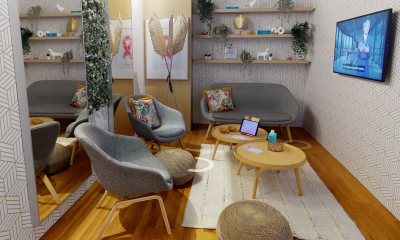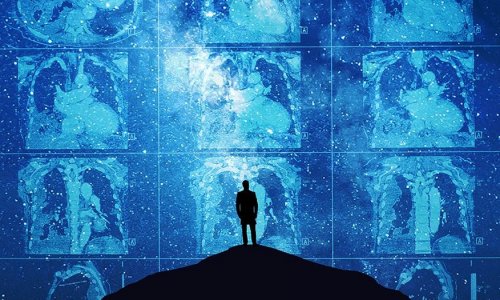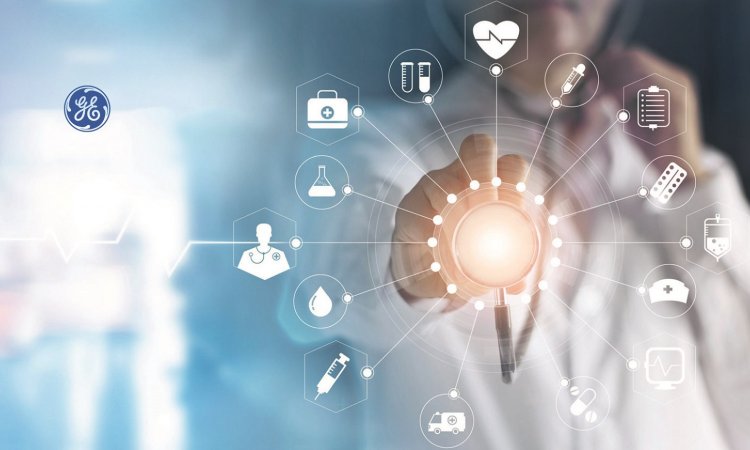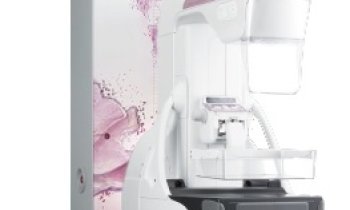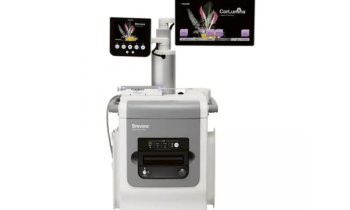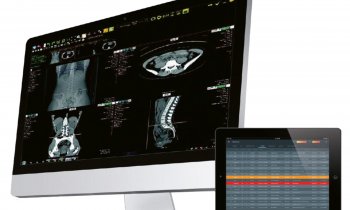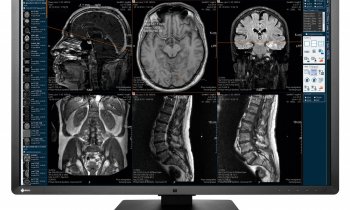No reimbursement for digital screening
Interviewed by Daniela Zimmermann, Executive Director of EH, Jean Hooks, General Manager, Global Mammography at GE Healthcare, examined reasons behind the slow uptake of digital technology in some European countries, comparing this with its early adoption in the USA
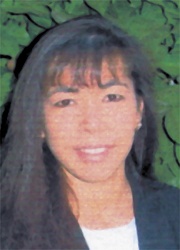
Jean Hooks: Let me begin by saying that digital mammography offers proven benefits to clinicians and patients including reduced patient examination time and reduced waiting time; lower call-back rates; simplified management of past mammograms; and opportunities for advanced applications including computer-aided detection (CAD) and better access to a broader range of populations with greater use of tele-mammography and tele-radiology.
France was one of the earliest adopters of mammo-technology, and particularly digital technology. But there is still no established digital screening and quality control programme. We see some hesitation about moving to a digital environment.
DZ: Is this because digital images are not yet as good as film images?
JH: I’m not sure how you formed that opinion. Hopefully I can share information from clinical partners who have shown the benefits of digital mammography.
About 300 hundred studies have been published - not by GE, but by clinicians around the world using GE systems, who describe what they’ve learned from using digital mammography - recall rates, cancer detection, improved lesion and calcification detection.
Regretfully today, there is some confusion about performance related to digital mammography, for example with CR, which is one of the hot topics in France. In many European countries, the hardest aspect is scepticism and the relatively low level of digital mammography education. Yet France was the place where clinicians took up digital mammography very quickly. They believed that, by carrying out studies, they could show the clinical benefits and outcomes in this technology. A lot of our French customers know that it gives them far more information about the breast than can be obtained from film. With image processing you can work through the image in much more detail, and algorithms allow certain features to be highlighted, such as micro-calcifications or instant contrast, from skin-line to the chest wall, without window levelling.
A great deal of French clinicians know that digital mammography gives them far more information about the breast than can be obtained from film. With image processing you can work through the image in much more detail, and algorithms allow certain features to be highlighted, such as micro-calcifications or instant contrast, from skin-line to the chest wall, without window levelling.
DZ: Do the French have a screening programme?
JH: Screening, reimbursement and quality control are three armaments that go hand in hand in any market. France has screening programmes but no reimbursement for digital screening. One key reason for this is that, as yet, there is no established quality control programme for digital mammography. We are supporting regulatory bodies efforts towards that objective.
DZ: You have to convince politicians?
JH: With the French Minister of Health and the former Minister of Health, we have discussed this technology’s capabilities and how to introduce it. There is also quite an open and positive dialogue between our safety regulatory group and the French regulatory body. It is critical to ensure that they have the information they need to make very good decisions for putting programmes in place. Technology without screening and regulatory quality control programmes can’t benefit anyone.
DZ: In France, as in Germany, digital mammography is for women who can afford it.
JH: Right now that’s the challenge and that’s why we are working on education in three areas: first on government and regulatory bodies, then on the physicians, radiologists and technologists - the people who use the technology.
These specialists have a learning curve going fully digital, as is illustrated by the confusion regarding performance of some CR systems compared to other digital mammography devices. If people don’t understand the difference, at the end of the day they think it’s all digital, all soft copy. But this is not about soft copy; it’s about getting very good images through digital mammography.
The third area covers educating patients, for which GE has done a lot of work in various European countries - where we have published around 1.5 million brochures dealing with patient education. If women do not understand breast cancer, how can they detect it earlier? They need to learn the procedures for self-examination, not just mammography, to gain knowledge about their own bodies. They also need to understand some of the benefits they gain by having mammograms on a regular basis - digital or film - it doesn’t matter. We’re trying to educate women so that they can get on a screening programme and detect cancer early on. 95% of stage one and stage two cancers are curable. Patient education is as important as that of a radiologist, doctor, technologist and government regulatory body.
At GE Healthcare, we’re committed to better breast cancer care for women. Among the many reasons we’ve led the industry is because of innovation — we listen to clinicians worldwide and have incorporated their needs and the needs of their patients in advanced breast imaging technologies.
We will continue to work with clinicians and government organisations in the effort to bring better mammography and overall breast care to patients in Europe and worldwide.
01.07.2004
- breast cancer (620)
- education (569)
- imaging (1628)
- IT (890)
- mammography (255)
- prevention (695)
- teleradiology (87)



